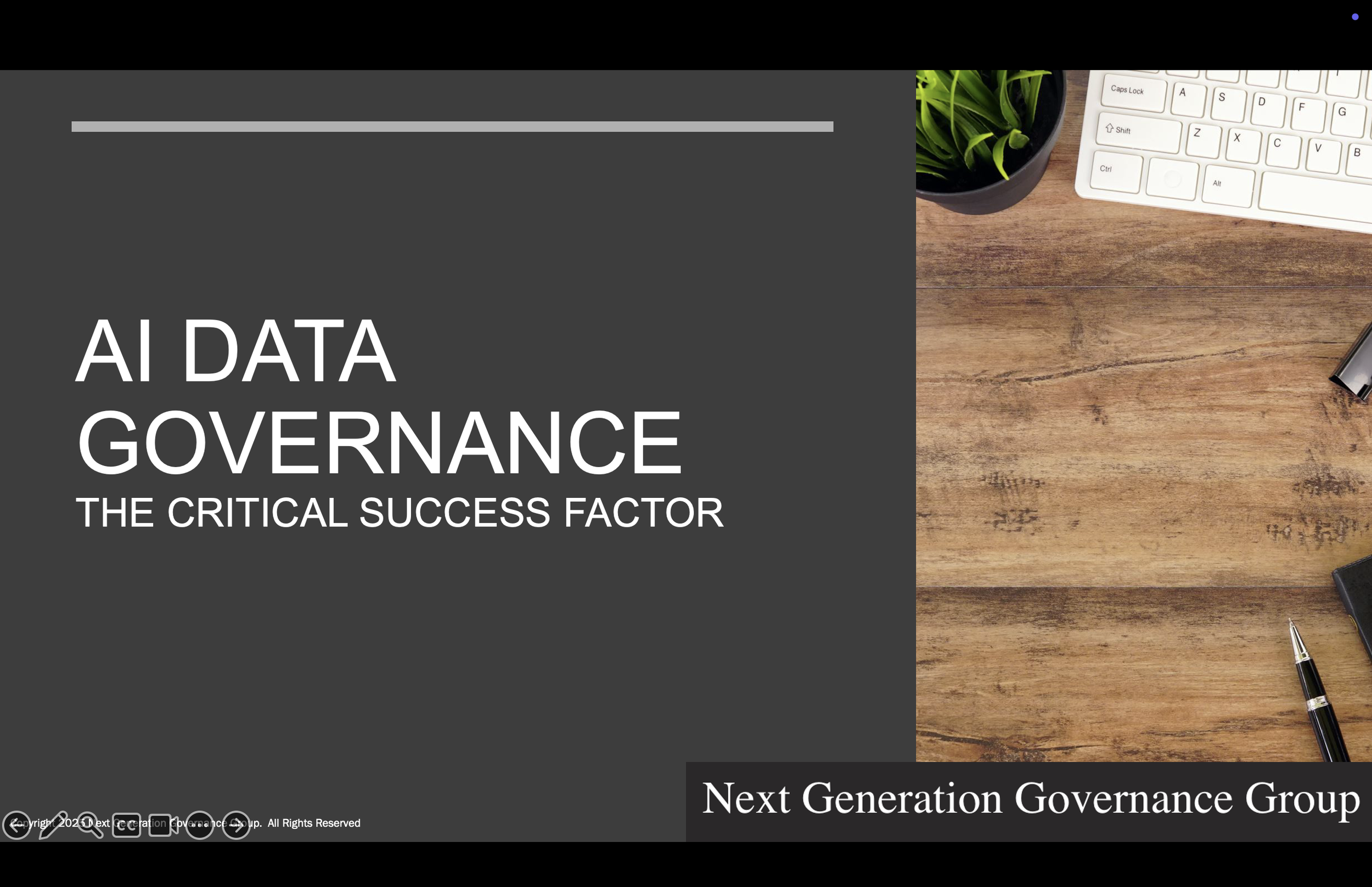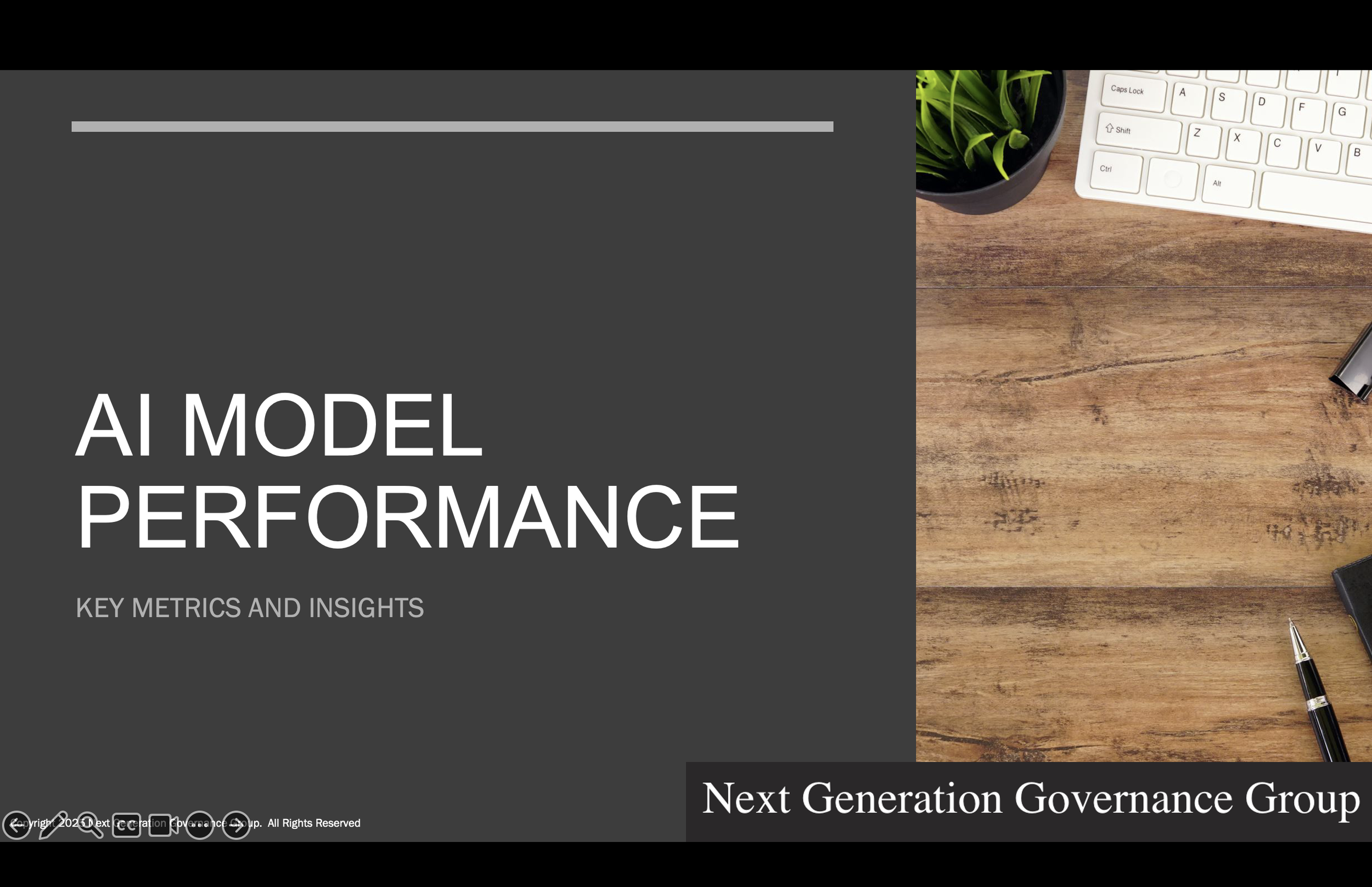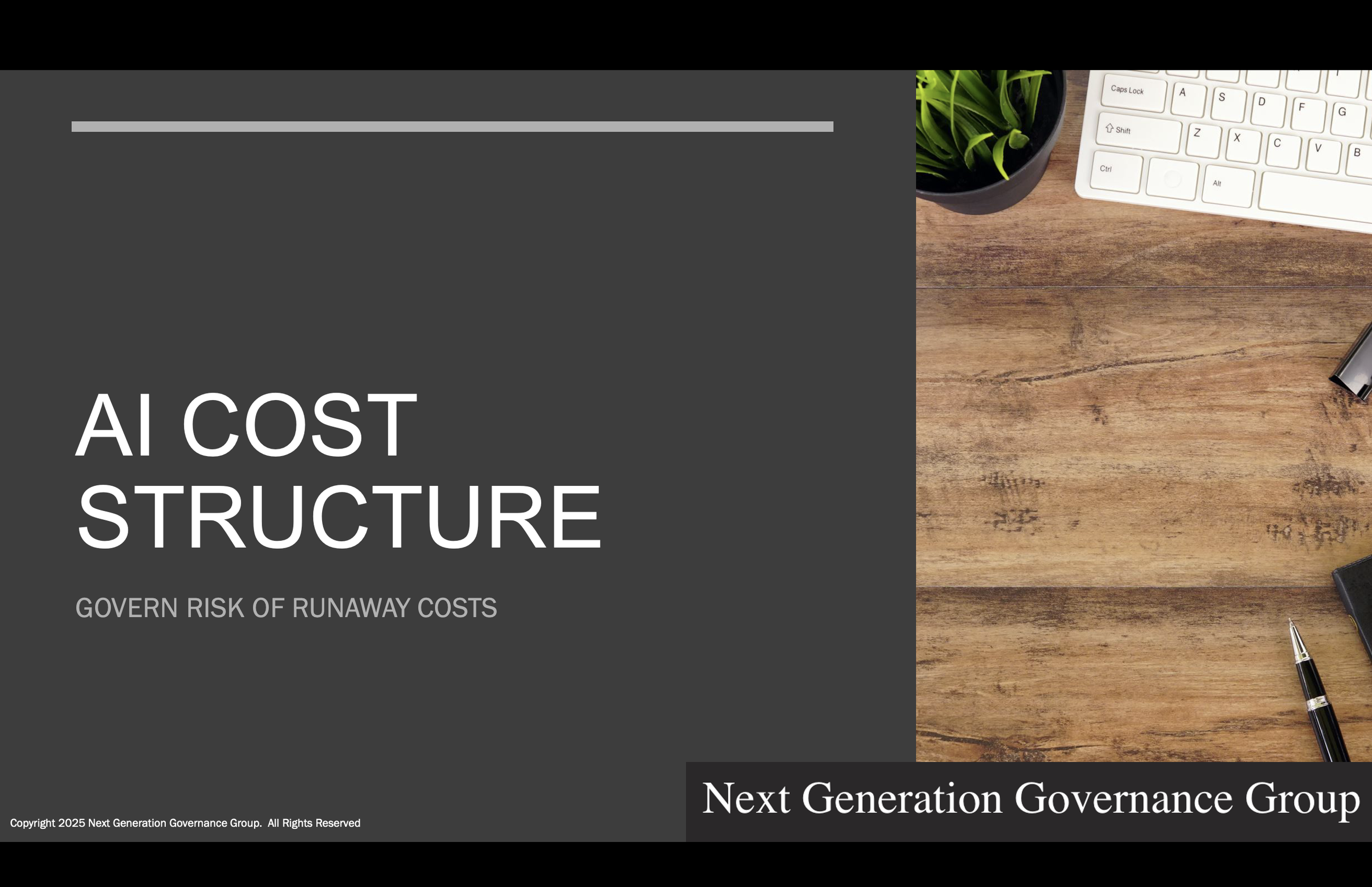Artificial Intelligence promises extraordinary capability, but without clear performance standards, even the most advanced models can produce results that are misleading, biased, or unreliable. Governance requires more than technical dashboards—it requires boards and executives to understand the meaning behind performance metrics and how they translate into enterprise risk and value.
This module introduces leaders to the key measures of AI performance and explains them in accessible terms. Participants will explore how accuracy, bias, robustness, and trustworthiness are assessed, why trade-offs between speed and reliability matter, and how performance outcomes shift once models move from controlled development into real-world use. Just as important, the session provides a governance lens: how boards can use performance data to hold management accountable, challenge assumptions, and make informed decisions about scaling or reining in AI systems.
By the conclusion, directors and executives will leave with the confidence to interpret performance results, ask sharper oversight questions, and ensure AI is delivering outcomes that align with fiduciary duty, regulatory expectations, and long-term enterprise value.



